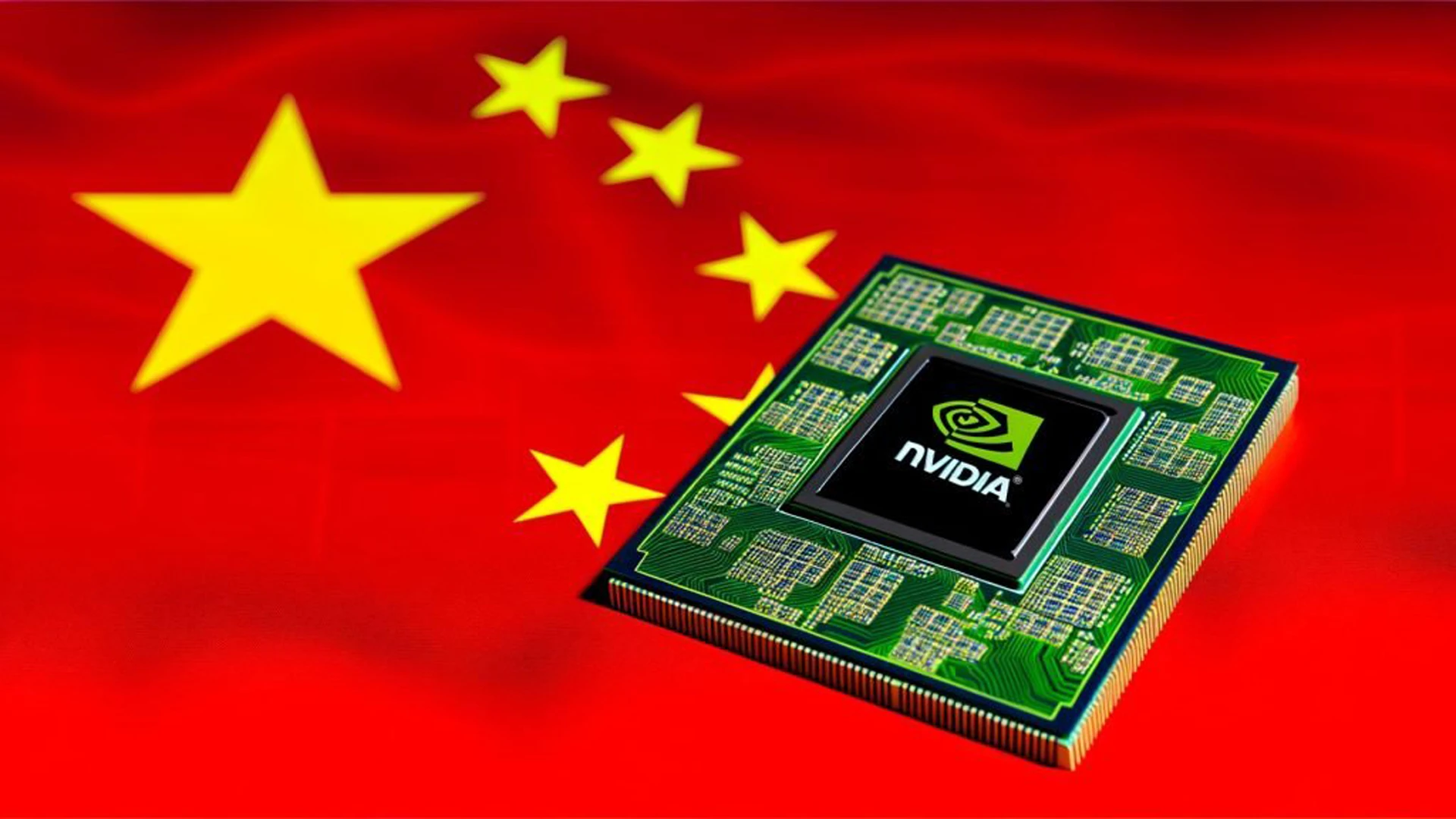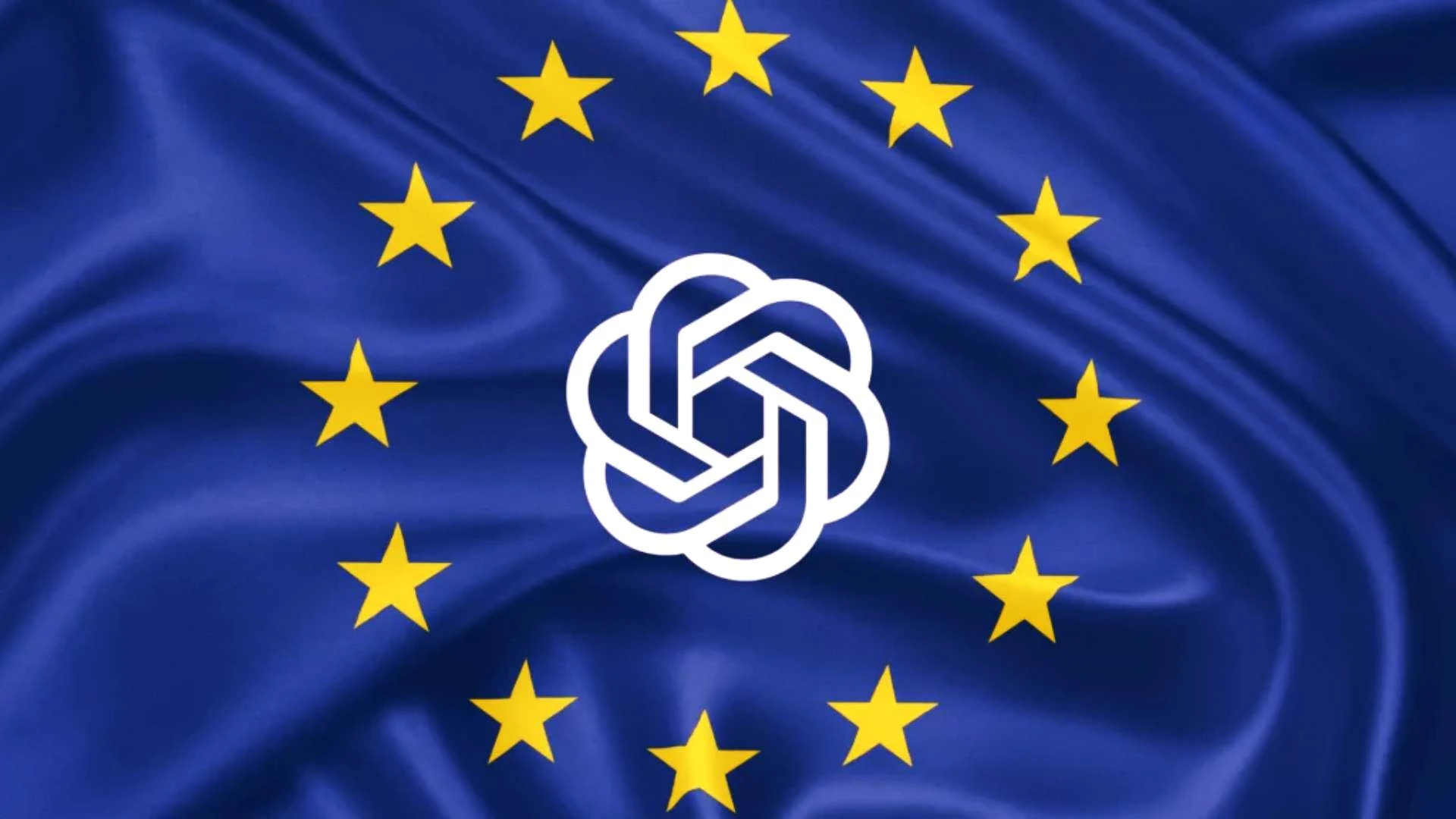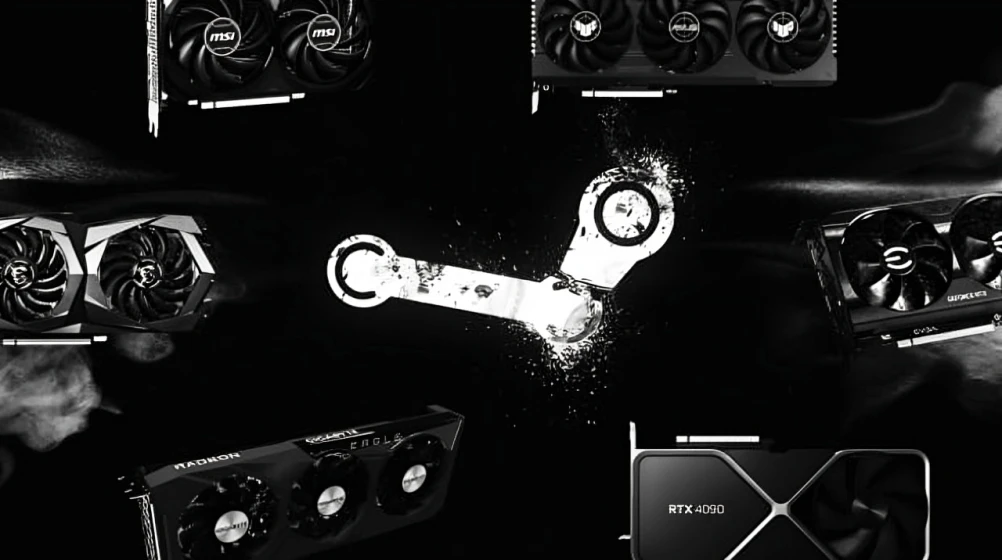اشتعال كارت شاشة RTX 5090 أثناء تجربة بيتا Battlefield 6! هل هذا ما وصلنا إليه؟ هل أصبحت الشركات المصنعة للأجهزة تتجاهل سلامة المستخدمين تمامًا في سعيها لجني الأرباح؟ من غير المعقول أن نرى كروت شاشة باهظة الثمن تنفجر بسبب تجارب بيتا غير مكتملة. أي نوع من الإهمال هذا؟ هل يعقل أن تتجاهل الشركات مثل NVIDIA مشاكل الحرارية وتطرح منتجات غير جاهزة للسوق؟ يجب أن نطالب بمسؤولية أكبر من هذه الشركات، فالأمر ليس مجرد تجارب، بل هو استثمار لمدخراتنا. حان الوقت لنتحدث بصوت عالٍ ضد
اشتعال كارت شاشة RTX 5090 أثناء تجربة بيتا Battlefield 6! هل هذا ما وصلنا إليه؟ هل أصبحت الشركات المصنعة للأجهزة تتجاهل سلامة المستخدمين تمامًا في سعيها لجني الأرباح؟ من غير المعقول أن نرى كروت شاشة باهظة الثمن تنفجر بسبب تجارب بيتا غير مكتملة. أي نوع من الإهمال هذا؟ هل يعقل أن تتجاهل الشركات مثل NVIDIA مشاكل الحرارية وتطرح منتجات غير جاهزة للسوق؟ يجب أن نطالب بمسؤولية أكبر من هذه الشركات، فالأمر ليس مجرد تجارب، بل هو استثمار لمدخراتنا. حان الوقت لنتحدث بصوت عالٍ ضد





1 Comentários
·0 Anterior









